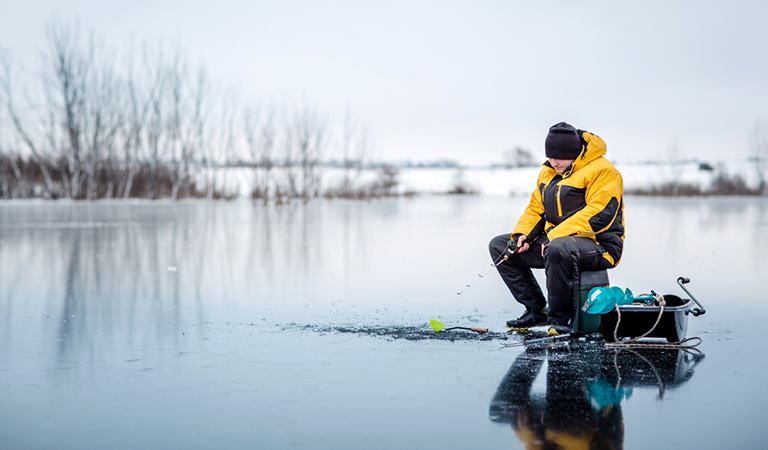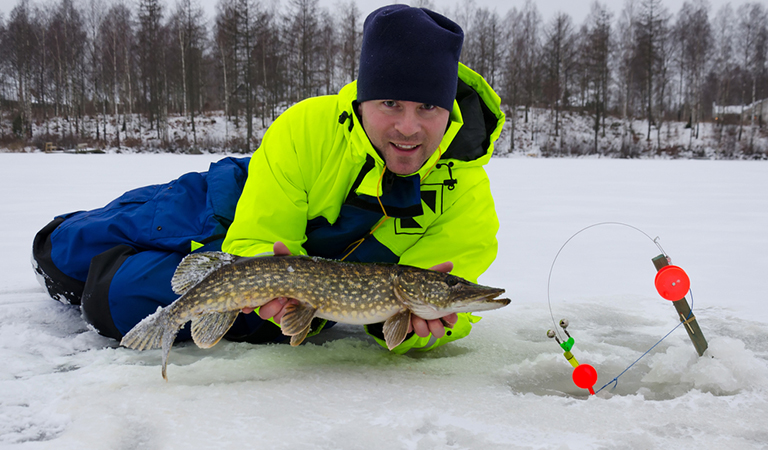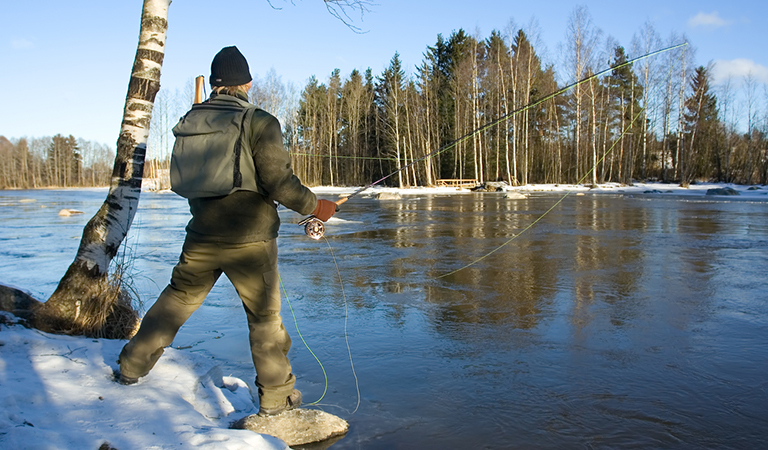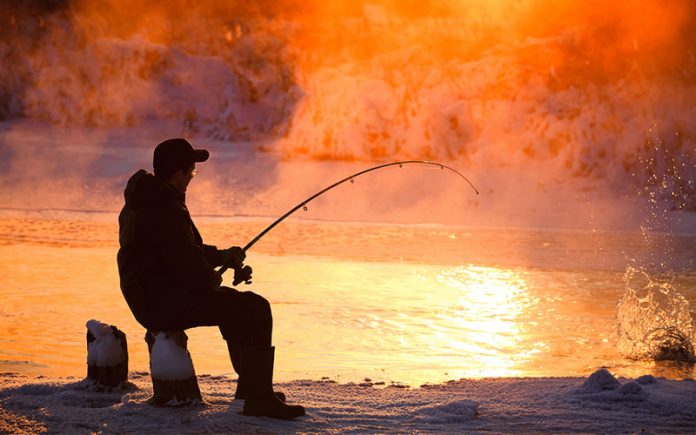Fishing is the most favorite pastime activity of any fishing enthusiast out there. They mark their calendars for various fishing seasons and when the time comes, they rush to their favorite fishing spots with their fishing boats. But you can’t fish all year round. There are particular times, weathers and seasons suitable for fishing; and it would be a complete waste of time if you had set out to a fishing spot but couldn’t catch any fish because it was not one of those best fishing days.
This is exactly why knowing the appropriate fishing times is incredibly important before going fishing. For those best fishing days, you need to keep your expectations to a realistic level and understand that you won’t always get the fish you want. Geographical locations and baits will play a key role in determining what you might catch and how great a fishing experience you might have. This article will provide you with a guide on fishing weather patterns so that you know exactly when to head out and what to take with you.
The Best Fishing Days and Times According to the Folklore

Fish are very picky when it comes to developing habitats. Some fish live in saltwater while others are better suited for freshwater. Some can live in much colder temperatures than other fish species, which you try to catch during your ice fishing trip. However, there are certain times when fish demand the spotlight, and these are the times you can bet that you’ll get fish. According to wise fishermen and folklore, these times are determined by various geographical factors, such as wind direction, season, lunar calendar and type of fish.
- The moon determines the level of tides and the level of tides determine whether fish can be found or not. When there’s a high or low tide, check an hour before or after the occurrence of the tide.
- Often you’ll see fishermen heading for fishing just after sunrise or right before sunset. This is because fish usually come up for feeding during these times.
- Check the barometer and see if it’s steady or slowly rising. A higher pressure indicates normal weather patterns, which would allow fish to come to the surface closer. On the other hand, a lower pressure indicates an upcoming storm or weather calamity in which case fish would be unavailable. An expert fisherman actually would still be able to catch fish using the right type of bait.
- If you see mayflies or caddisflies on a small area of a body of water, you can be sure that fish is available there.
- Fish availability also depends on the weather intensity. Even if the weather is normal, it seems that the wind also has a say in what fish should do. Fish commonly come to the surface of the water if the wind is breezy and coming from the westerly quarter instead of east or north. Water will form ripples instead of waves when it’s too windy.
Despite knowing all of this, it’s important to acknowledge the fact that you can’t go fishing whenever you want based on these timings alone. You may or may not get these timings depending on the annual seasons and weather.
Why Winters Have the Best Fishing Weather

Although fishing is a fun recreational activity in summers, that doesn’t mean winter is any less. During winters, it’s harder to catch fish but the reward of catching one gives immense pleasure. This means, despite heavy rain or snow, despite all of those frost bites and icy fingers you had to tolerate, if you could catch yourself a sneaky little bass, you’ll feel victorious. Therefore, in my opinion, the winter season has the best fishing days. You could opt to go to a nearby lake for fishing in cold waters, or you could go an extra mile and fish in an ice lake.
Either way, the chances of catching small and big fish are roughly even. In the summer, small fish are found easily, actively swimming and masking the chances of catching big fish. In winters, however, both small and large fish decrease their activity; hence can be hauled out easily. When temperatures are warmer, fish come closer to shallower regions for food, light, and oxygen, but in winters they tend to stay in deeper regions. This means in winters it’s easy to predict where the fish might be found in larger amounts since in cold temperatures fish tend to stick together in schools.
In summers, since fish come to shallower regions with ample sunlight, bright-colored baits can easily attract fish. But the same technique won’t work in winters, especially if the water is muddy or still icy. In such cases, you have to use jigs, live or scented baits to get the lazy fish out from the deeper regions. This actually adds more thrill to your fishing experience!
Also, in winters, a vast number of additional fishing techniques, tips and tricks can be used to catch your desired fish. When you create a hole through the ice with your ice auger and place a tip-up, you won’t have to worry about missing out on catching a fish. The tip-up will do the trick. This way you can create multiple holes and catch multiple fish with multiple tip-ups! Thus, your fishing experience will be thrilling, and the added reward of catching various kinds of fish in the cold weather would make you want to do this every winter!
Early Winter Bass Fishing

Usually, fishing after rain is a hassle, especially during the winter season because the cold surroundings are muddy and the fact that it may rain again soon. It becomes incredibly difficult to find fish from the elevated levels of cold water. Then why do bass anglers absolutely love bass fishing after rain? Because of the danger and thrill – of course! There’s a particular set of skills needed to make sure bass don’t run away while you’re at it. When water levels are high, the bass may be difficult to see. However, they can feel vibrations and sense smell, so your bait will work even if they are almost blind after heavy rain. Cold winds may cause the bass fish to go deeper, making them even more difficult to catch. This is why look for spots where rivers are feeding into lakes. These spots can teem with bass fish.
Also, check out the places where freshwater has turned muddy. These spots might contain bass fish, even if it’s still raining. Throw live, colorful or scented bait into the clear water and allow bass hiding in the muddy areas to grab a bite. Once they do, you’ll be easily confirmed that you have just caught a bass fish. However, bass fishing on rainy days is not for the faint of the heart. Ensure precaution and if it’s chilly out there, wear the appropriate winter clothing. You have a high chance of injuring yourself, so only do it if you really want the thrill.
With all the talk about winters, I don’t mean to say that fishing in the summer isn’t any fun at all. That’s not true. Summers provide you good fishing days, as with the warm water you can easily get loads of fish in a short period of time. Although that may be fun for some people; in my opinion, the more the thrill, the better the fishing experience. This is why I head out for fishing during winters. My favorite time of fishing is just before the sunset when the fish come to the surface to get hold of the last amount of heat remaining from the day. That’s when I make my move. Fishing after rain is even more daring. Try it if you feel like it!










































